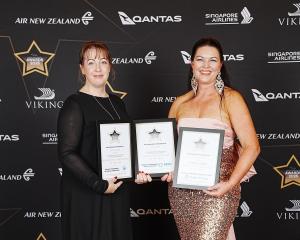
Councillor and planning and strategy committee chairman Lyal Cocks said the variation ensured more land was available to be ‘‘developed sustainably’’ to accommodate increased density and more affordable housing options.
The decision means the variation would form part of the council’s proposed district plan, and be considered operative from December 6.
The new zone would require a minimum density of 40 units per net hectare, for medium and higher density, resulting in a higher-density development than in other areas of the district, to ensure efficient use of land.
There would also be open spaces and community facilities and a commercial centre, with a focus on providing active travel and public transport infrastructure to support a ‘‘significant shift’’ in moving people around the Wakatipu.
Council planning and development general manager David Wallace said the variation included provisions to ensure development in the area was integrated with public transport.
‘‘As and when development occurs, we’ll be looking at elements like upgraded and signalised intersections, bus lanes, and active travel links to provide public transport and safe cycling and pedestrians options to ensure future housing in the area can be effectively serviced by the infrastructure available,’’ Mr Wallace said.
The new zone would also have ‘‘strong requirements’’ for stormwater treatment.
He said there was still a significant amount of work to be done by council staff and landowners to ensure any future development met the purpose and requirement of the zone, and would need to fall within the timeframes for infrastructure upgrades identified in the council’s long-term plan, or be funded by developers.
The variation attracted 125 submissions, raising over 1000 submission points, during hearings last November and December — notification of the decision would be sent to those who made a formal submission next week.
Advertisement













